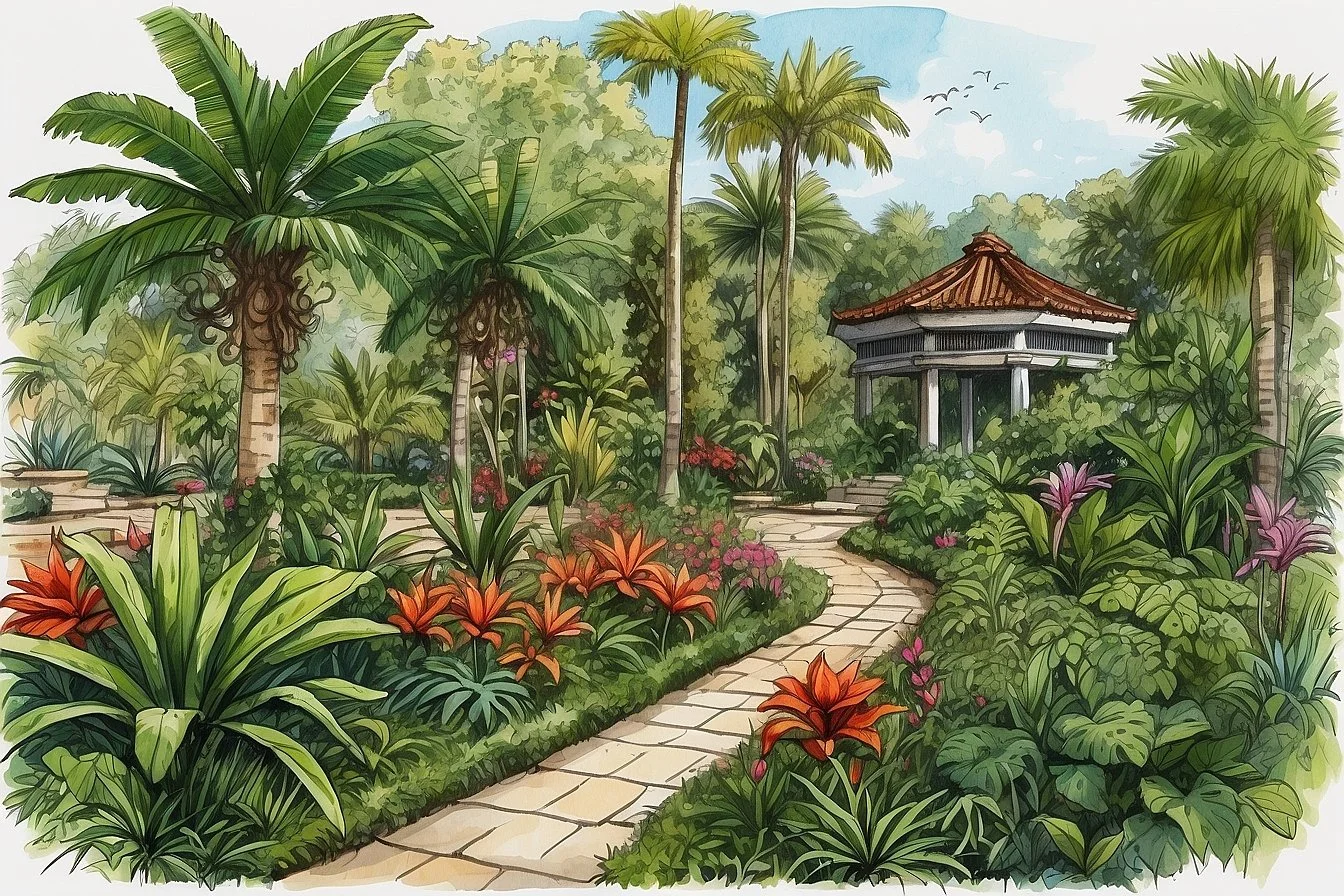Embracing Nature: Understanding the Wonders of Biophilic Design
In the bustling concrete jungles of modern urban living, a movement has emerged—one that seeks to reconnect us with the innate human affinity for nature. This movement is encapsulated in the concept of Biophilic Design, a transformative approach that integrates natural elements into our built environments. In this exploration, we unravel the essence of Biophilic Design, understanding its principles, benefits, and the profound impact it has on our well-being.
Defining Biophilic Design
Biophilic Design is more than a trend; it's a philosophy rooted in the recognition of humanity's deep-seated connection with nature. Coined by renowned biologist Edward O. Wilson, the term "biophilia" translates to "love of life" and signifies our instinctive bond with the natural world. Biophilic Design, then, is an innovative approach to architecture and interior design that seeks to incorporate nature into our living and working spaces.
Principles of Biophilic Design
Nature in the Space
Biophilic Design involves bringing elements of nature directly into the built environment. This could include indoor plants, natural materials like wood and stone, or even water features that evoke the tranquility of natural settings.
Natural Light and Views
Maximizing exposure to natural light and providing views of the outdoors are fundamental aspects of Biophilic Design. This not only enhances the aesthetic appeal of spaces but also contributes to improved circadian rhythms and overall well-being.
Natural Shapes and Forms
Embracing organic shapes and forms in architectural elements and interior design helps evoke the inherent patterns found in nature. This might involve incorporating curves, arches, or patterns that mimic the shapes seen in the natural world.
Biomorphic Forms and Patterns
Integrating elements that mimic the patterns of nature, known as biomorphic forms and patterns, contributes to the overall biophilic experience. This can include artistic representations of natural shapes or patterns in decorative elements.
Material Connection with Nature
The use of natural materials, such as wood, stone, or bamboo, fosters a tactile connection with nature. The textures and visual cues from these materials create a more authentic and grounded environment.
Color Palette Inspired by Nature
Biophilic Design often draws inspiration from the rich and diverse color palette found in nature. Incorporating earth tones, greens, blues, and other natural hues can create a soothing and harmonious atmosphere.
Dynamic and Ever-Changing Environments
Mimicking the dynamic qualities of nature, Biophilic Design encourages spaces that evolve and change over time. This could involve movable elements, interactive features, or spaces that adapt to different seasons and weather conditions.
Benefits of Biophilic Design
Enhanced Well-Being
Biophilic Design has been linked to improved mental health, reduced stress levels, and increased overall well-being. Exposure to nature, even in a built environment, has been shown to positively impact mood and productivity.
Increased Productivity and Creativity
Workspaces designed with biophilic principles have been associated with heightened levels of creativity and productivity. Incorporating nature into the workplace fosters a positive and stimulating environment that supports cognitive functions.
Stress Reduction
Nature has a calming effect on the human psyche. Biophilic Design reduces stress and anxiety by creating environments that evoke the restorative qualities of the outdoors, offering a respite from the demands of daily life.
Connection with the Environment
Biophilic Design instills a sense of connection with the natural world, fostering environmental awareness and sustainable practices. This connection encourages a greater appreciation for the ecosystems we are a part of.
Incorporating Biophilic Design into Everyday Spaces
Workplaces
Transforming office spaces by introducing natural light, greenery, and natural materials can create a more stimulating and productive work environment.
Residential Spaces
In homes, Biophilic Design can be achieved through large windows, indoor plants, natural materials in furnishings, and outdoor spaces designed for connection with nature.
Educational Environments
Schools and educational institutions can benefit from Biophilic Design by creating learning environments that inspire curiosity and engagement through natural elements.
Healthcare Facilities
In healthcare settings, incorporating Biophilic Design can contribute to patient well-being, reduce stress, and create a more healing environment.
Conclusion
Biophilic Design transcends the boundaries of traditional architecture and design, offering a holistic approach that acknowledges our innate connection to nature. As we continue to build and shape the spaces where we live, work, and learn, embracing the principles of Biophilic Design not only enhances our physical surroundings but also nurtures the well-being of individuals and communities. It is a design philosophy that invites us to reconnect with nature, fostering environments that resonate with the essence of life itself.

